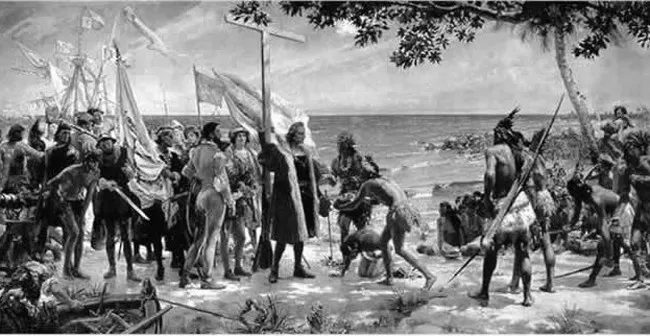June 24, 1571 Miguel Lopez de Legazpi proclaimed Manila as the capital of the Spanish colonial administration in the Philippines.
On June 24, 1571, Manila was proclaimed the capital of the Spanish colonial administration in the Philippines.

Earlier in Cebu, Spanish colonizer Miguel Lopez de Legazpi, having heard of the rich resources of Manila, dispatched two of his lieutenant-commanders, Martín de Goiti and Juan de Salcedo, to explore the northern region.
On May 8, 1570, they arrived in Manila and were welcomed by natives and formed an alliance with Rajah Sulayman, a Muslim king who ruled the place at that time. However, the local sensed the true objectives of the Spaniards and a battle between the troops of Sulayman and the Spaniards erupted. As the Spaniards were heavily armed, they were able to conquer Manila.
After hearing that the city had been conquered, Legazpi came to join Goiti in Manila. He formed a peace pact with the native councils, Rajah Sulayman and Rajah Lakandula.
On June 24, 1571, Legazpi finally established a permanent settlement, and he also ordered the construction of the walled city of Intramuros. He proclaimed Manila as the island's capital and permanent seat of the Spanish colonial government in the western Pacific Ocean.
Manila became a replica of a European medieval city. There were churches, palaces and city hall built in the Spanish baroque style. In 1574, Manila was bestowed the title "Insigne y Siempre leal Ciudad de España" (Distinguished and ever loyal city of Spain) by King Philip II.
By the end of the 16th century, Manila had become a leading commercial center of East Asia, carrying on a flourishing trade with China, India, and the East Indies.
Reference: Philippines News Agency archives

No comments:
Post a Comment